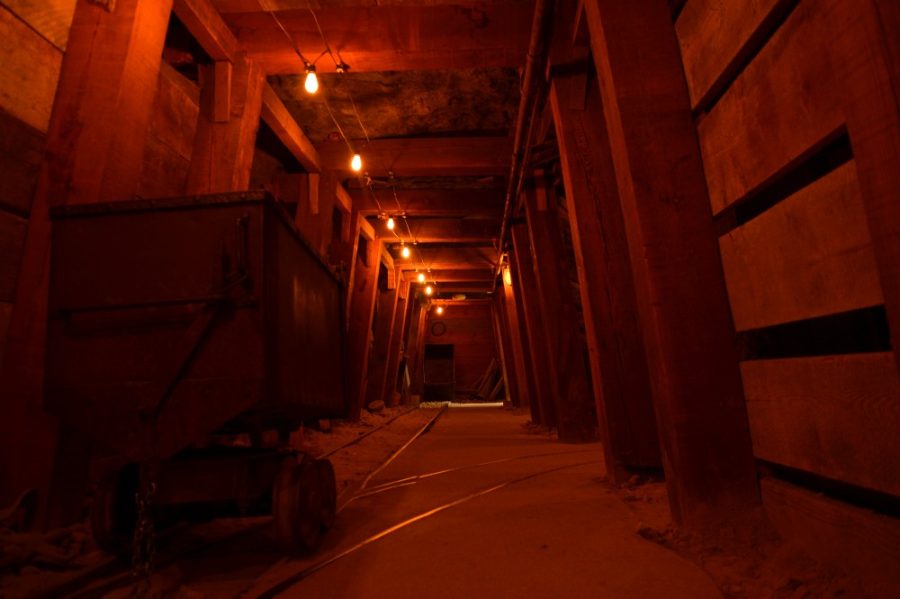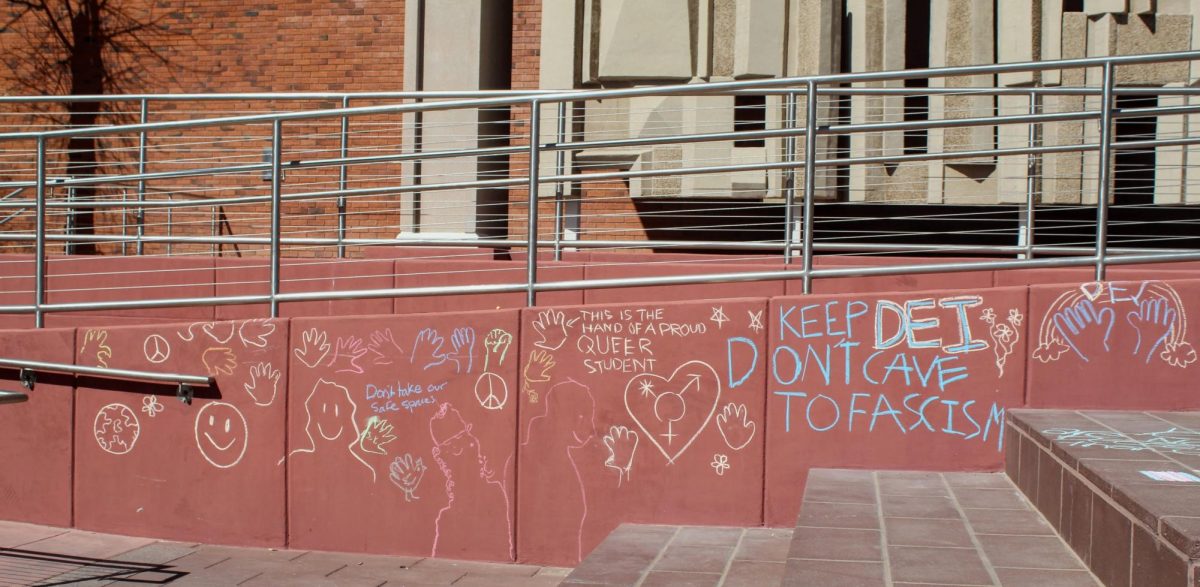Tensions are high at the Grand Canyon this year after a judge’s ruling in April that denied a request to stop new uranium mining at the canyon.
The neighboring Havasupai tribe and conservation groups like the Grand Canyon Trust work hard to put a permanent end to uranium mining at the canyon. The groups are weary of the potential dangers the mining poses to wildlife, the risks of contaminating freshwater springs, and the religious and cultural concerns of several tribes in the region.
Arizona Attorney General Mark Brnovich has led the push to re-open uranium mines after the federal government ruled in 2012 to put a stop to mining in the area.
“So much of what’s happening today in the environmental movement is not about science. It’s not about quality of life. It’s not about clean air. It’s not about clean water,” Burnovich told the Arizona Chamber of Commerce last month. “It’s about control.”
Roger Clark, the program director for the Grand Canyon Trust, said a group of activists working to “protect and restore the Colorado Plateau” has been a prominent figure in the battle to make the uranium mining ban permanent.
“There’s places where uranium mining probably can be done appropriately, and without any severe risk to public interest,” Clark told Cronkite News last April. “But the Grand Canyon is not one of those places.”
Mining operations at the Grand Canyon halted in 1990 because of plummeting uranium prices. The Grand Canyon’s uranium mines then re-opened in 2010 after explorations began again due to a sharp spike in uranium prices.
The potential consequences of uranium mining at the canyon are too far-reaching to be worth the risk, according to the Trust’s website.
There are 40 million people who depend on the Colorado River for safe, clean drinking water. In 2010, the U.S. Geological Survey found that 15 springs and five wells surrounding uranium mines in the Grand Canyon area had uranium concentrations that exceeded drinking water standards. According to the Trust, there are no regulations requiring long-term groundwater monitoring below uranium sites.
Uranium mining’s long and problematic history in Northern Arizona could be contributing to some of the qualms held by Native Americans and activists today. Though mining began in the canyon in 1986, the surrounding tribes, especially the Navajo, which occupies northeast Arizona, have long suffered from the effects of uranium radioactivity.
The Navajo have been plagued by spikes in cancer rates and other diseases after the mines’ abandonment after the Cold War.
“Regulators must not allow [mining operations at the Grand Canyon] to proceed until the enormous damage inflicted by past mining operations has been fully addressed,” The New York Times wrote in a 2008 editorial.
Mon Bejar, an environmental studies junior, said that uranium can be extremely dangerous if handled improperly.
“It takes a lot of skill to mine,” Bejar said. “They have to look for special places [to mine], and even that is dangerous because you have to look for it in person before you find the source, so you get exposed to the radiation before you even touch it.”
However, Bejar says the circumstances surrounding uranium mining are much different than those used when uranium mining began in earnest during the early 1900s. Back then, the radioactive element and the consequences of interacting with it, were poorly understood.
“The health issues before were much more prominent than they are today because of poor mining techniques,” Bejar said. “Today, [our techniques and equipment] are stronger, and the risk of radiation contamination is less.”
Follow Andy Alvarado on Twitter.









